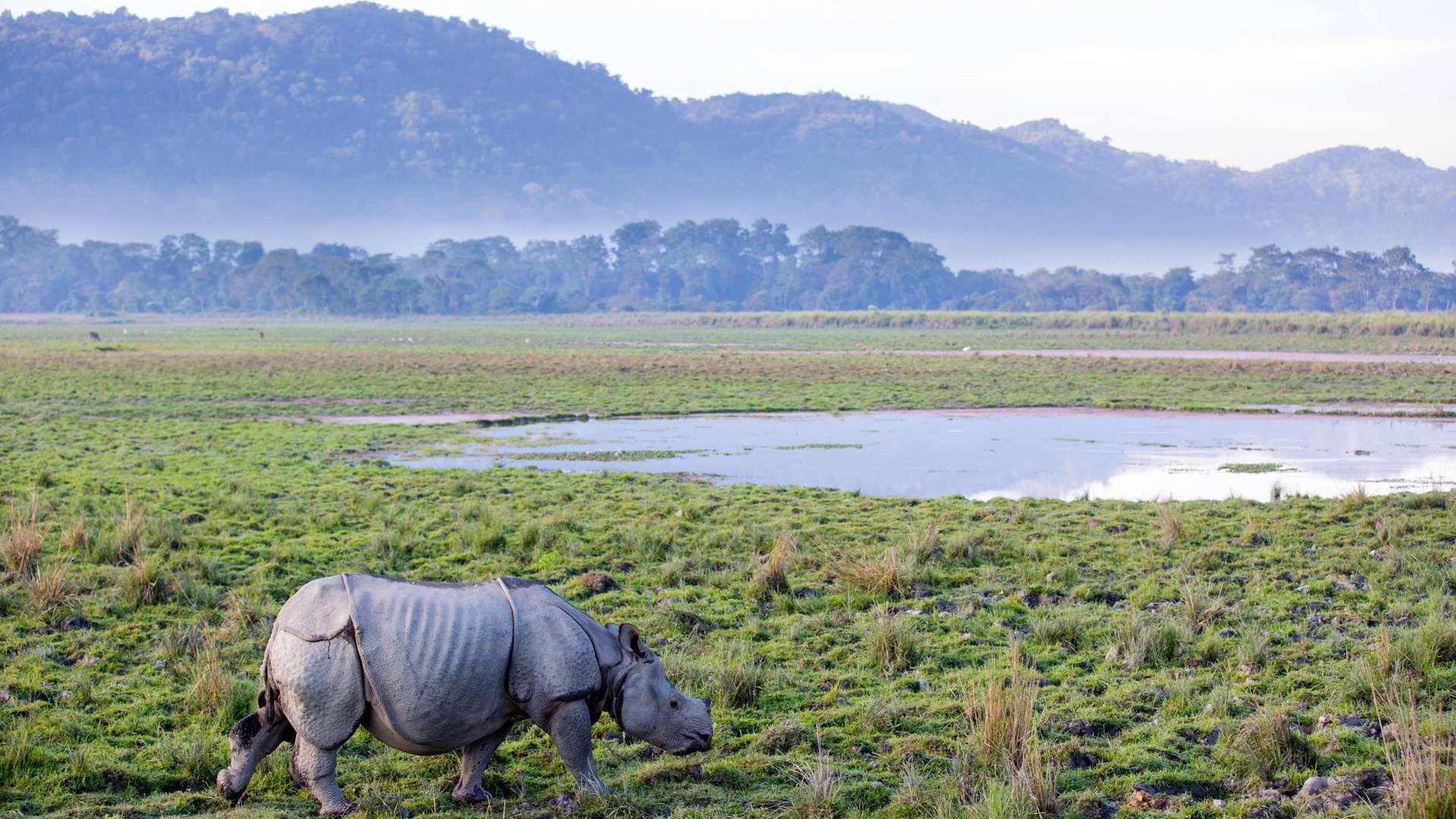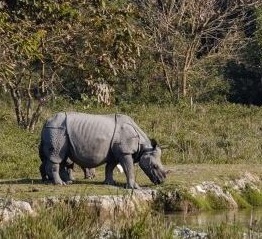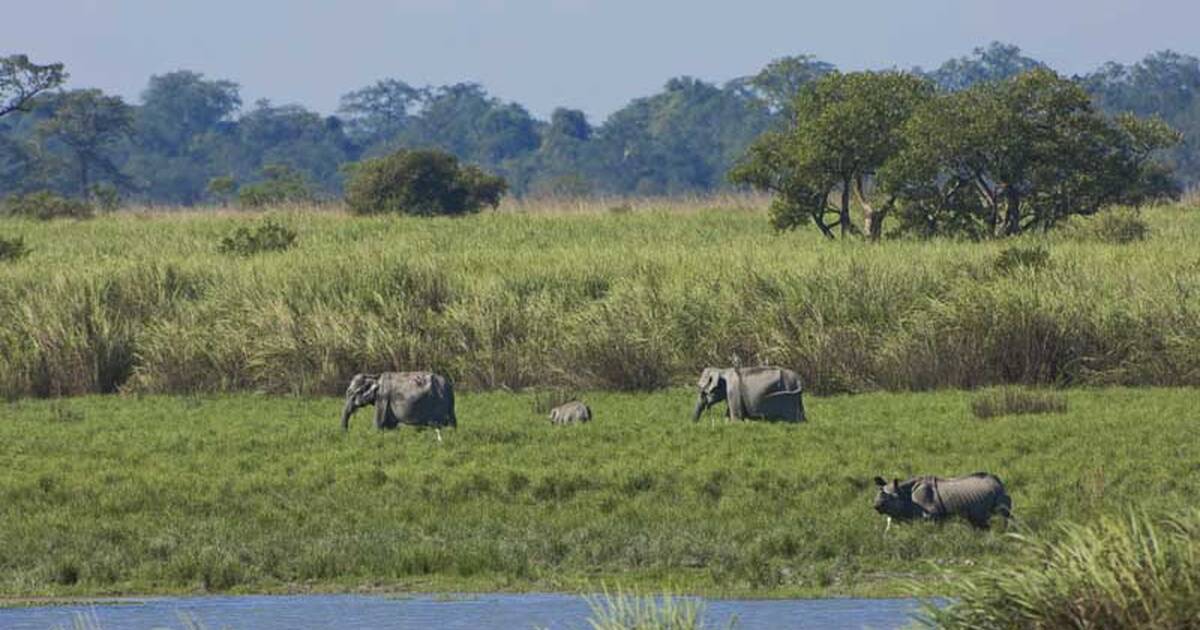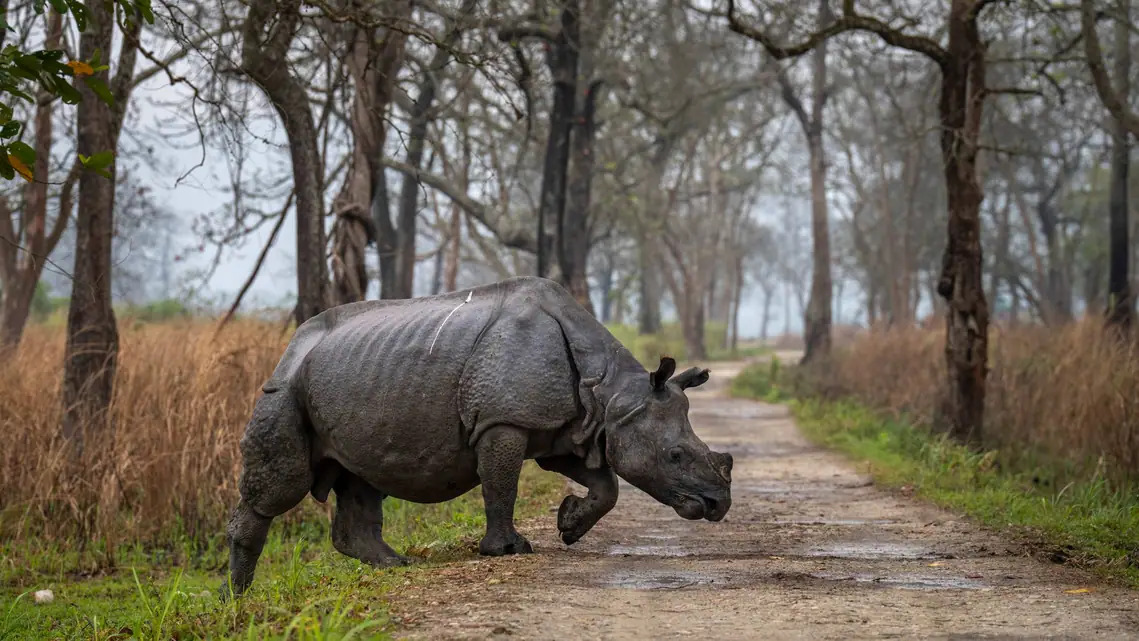
Urban Sprawl: Impact Upon Wildlife in Kaziranga
Urban sprawl, characterized by the uncontrolled expansion of urban areas into adjacent natural habitats, can have significant negative impacts on wildlife in and around protected areas like Kaziranga National Park in Assam, India. Here are some of the key ways in which urban sprawl affects wildlife in the vicinity of Kaziranga:
Habitat Loss and Fragmentation:
Urban sprawl often results in the conversion of natural habitats, such as forests and wetlands, into residential, commercial, and industrial areas. This habitat loss can lead to a reduction in available space for wildlife.
Fragmentation of habitats occurs as roads, buildings, and infrastructure divide previously continuous landscapes into isolated patches. This can disrupt wildlife migration and access to essential resources.
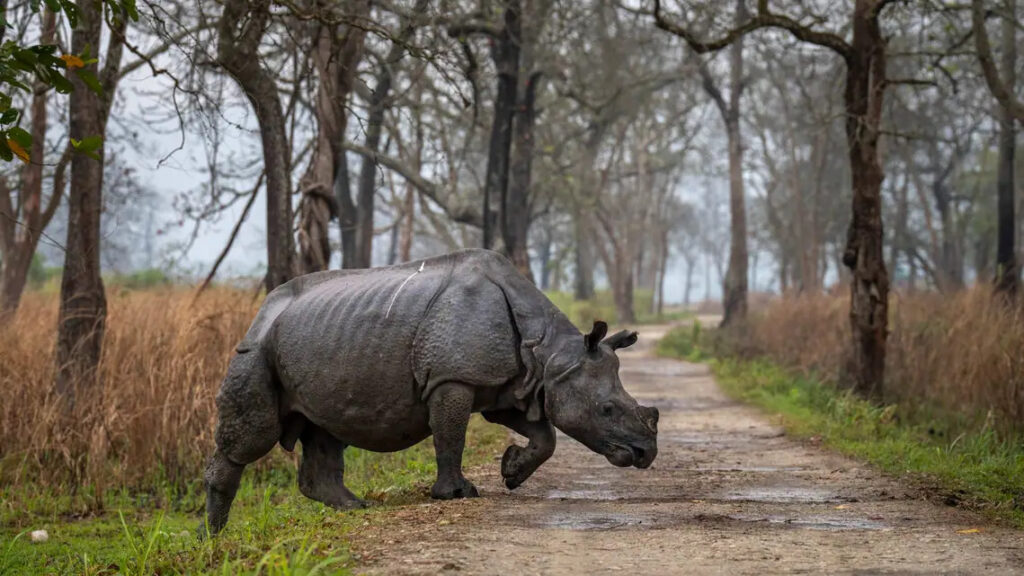
Increased Human-Wildlife Conflict:
As urban areas expand, human settlements encroach upon wildlife habitats. This can lead to increased human-wildlife conflicts, especially when animals venture into urban areas in search of food or space.
Animals like elephants, tigers, and leopards may come into conflict with humans, resulting in property damage, injuries, and loss of life for both people and wildlife.
Road Mortality:
The construction of roads and highways associated with urban sprawl can lead to higher wildlife mortality rates due to vehicle collisions. Animals attempting to cross roads may be killed or injured, leading to population declines.
Pollution:
Urban areas often contribute to pollution in nearby water bodies, which can affect aquatic ecosystems and the wildlife that depend on them.
Air pollution from urban sources, including vehicular emissions, can have health impacts on wildlife, particularly birds and small mammals.
Invasive Species:
Urban areas can serve as hubs for the introduction and spread of invasive plant and animal species. These invasive species can outcompete native wildlife, disrupt ecosystems, and reduce food availability.
Altered Water Flow:
Urban development can alter the natural flow of water in rivers and streams, affecting the availability of water for wildlife. Changes in water flow can also lead to flooding or drying of habitats, impacting aquatic species.
Noise and Light Pollution:
Urban sprawl brings with it noise and light pollution. Noise pollution can disrupt wildlife behavior and communication, while artificial light can interfere with natural nocturnal behaviors and navigation, particularly for nocturnal species.
Efforts to mitigate the impact of urban sprawl on wildlife around Kaziranga and other protected areas include:
Wildlife Corridors: Establishing and protecting wildlife corridors or passages to allow animals to move safely between fragmented habitats.
Zoning and Land Use Planning: Implementing zoning regulations and land use planning to limit urban expansion near protected areas.
Public Awareness: Educating local communities and the public about the importance of wildlife conservation and responsible urban development.
Mitigation Measures: Implementing mitigation measures such as wildlife overpasses and underpasses along roads to reduce road mortality.
Urban Green Spaces: Designing urban areas with green spaces and parks to provide some habitat for wildlife within urban environments.
Balancing the needs of urban development with wildlife conservation is a complex challenge. However, it is essential to protect the unique biodiversity of places like Kaziranga National Park while accommodating the needs of growing human populations. Collaborative efforts involving government agencies, conservation organizations, and local communities are crucial for finding sustainable solutions to mitigate the impact of urban sprawl on wildlife.
